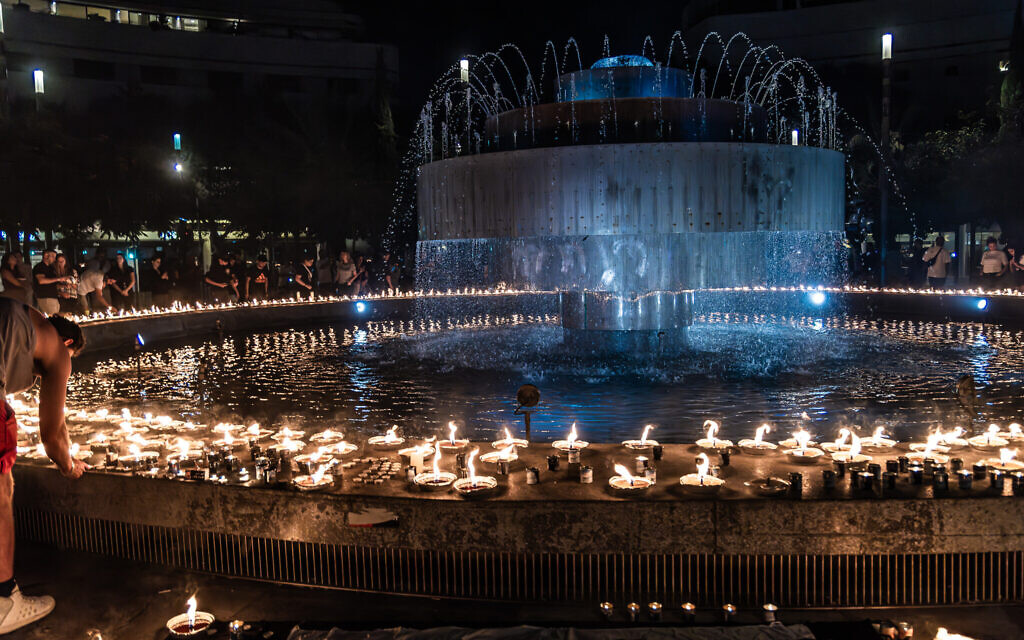“It’s time for this war to end and for the day after to begin”
It was with these words that President Biden concluded his speech on May 31, outlining a three-phase plan to end the war in Gaza and allow the release of all the hostages. He presented this plan as that of the Israelis, putting Benjamin Netanyahu in a difficult position. If the Israeli Prime Minister contradicted the American president, he would make him look like a liar. If he endorsed this plan, it would de facto lead to the breakup of his coalition because his far-right allies would never agree to support him.
This plan includes the content of the negotiations that took place for several months between the two parties through Egypt, the United States and Qatar. It details the three phases during which the hostages would be released gradually, along with the establishment of a ceasefire, the increase of humanitarian aid to the Gazan population, and the return of Gazans to inhabited areas liberated from the presence of the Israeli army. In making this plan public, the American president addressed on the one hand the left wing of the Democratic Party in order to show his commitment to ending the war while remaining concerned about the security and the well-being of the two civilian populations and on the other hand to both foes in order to force them to take a stand. So far, none of them has given a formal response to this plan, which has the support of the G7 leaders. On the Israeli side, many details remain to be clarified. Hamas, meanwhile, said that “there were a lot of positive things in that plan, but that they needed to have it on paper”.
In fact, this plan is built on ambiguity. For Israel, the cessation of hostilities can only be permanent with “the elimination of Hamas’ military and governmental capabilities“. And for Hamas, it will have to guarantee its survival as a political organization that will have to be associated with the management of Gaza after the war.
Biden is aware of these differences. But he is also aware that both sides have their “good“ reason for wanting to continue this war: Netanyahu because it is the condition for the survival of his government, and that in addition, it allows him to benefit from a rise in the polls, and Hamas, because the war allows it to assert itself as the true representative of the Palestinian cause, despite the price paid by the Gazan population which does not matter to it. To break this deadlock, Biden has therefore gambled to force the hand of both sides with the calculated risk of provoking early elections in Israel which, he hopes, would remove Netanyahu from power, and with the hope of pushing Qatar to exert the necessary pressure on Hamas to force it to accept this plan.
Biden spoke directly to the Israeli public, presenting this plan as the last chance to recover the hostages. He knows that he will find there the necessary ally in the tug of war that opposes him to Netanyahu. And he was right. The day after his speech, 250,000 Israelis demonstrated to support him. The latest poll shows that 62% of them prefer the release of the hostages to the continuation of the war. Their families are feeling increasingly abandoned by the government as the death of four hostages has just been announced. The organizations that participated in the protest movement against the judicial reform are increasingly remobilizing to call for the fall of this government and the organization of elections. They plan to demonstrate in front of the Knesset from 16 June and hope to block the country.
In order to reassure the Israeli population, President Biden declared that Hamas military capabilities were seriously reduced now and that it is not able any more to organize a new October 7. In addition, by taking control of the Philadelphia axis, which constitutes the border between Gaza and Egypt, the Israeli army set about demolishing all the tunnels through which Hamas was getting its weapons and got rich thanks to the taxes it levied on goods. This continued pressure on Hamas undoubtedly explains the increase in Hezbollah fire on northern Israel, at the request of Iranians – 1000 rockets in last May. The risk of a war igniting there threatens the region and it will be much harder than that waged in Gaza – an estimated 200 000 Hezbollah men. If it happens, it will be difficult for generals Benny Gantz and Gadi Eizenkot to leave the coalition in power in spite of the ultimatum issued by Gantz to Netanyahu to define a post-war action plan by 8 June.
Only a ceasefire agreement with Hamas, based on Biden’s plan, can also help to lower the tension on the northern border and begin to consider rehabilitation of this region and of the South so that the 200,000 displaced Israelis can return home.
David Chemla






